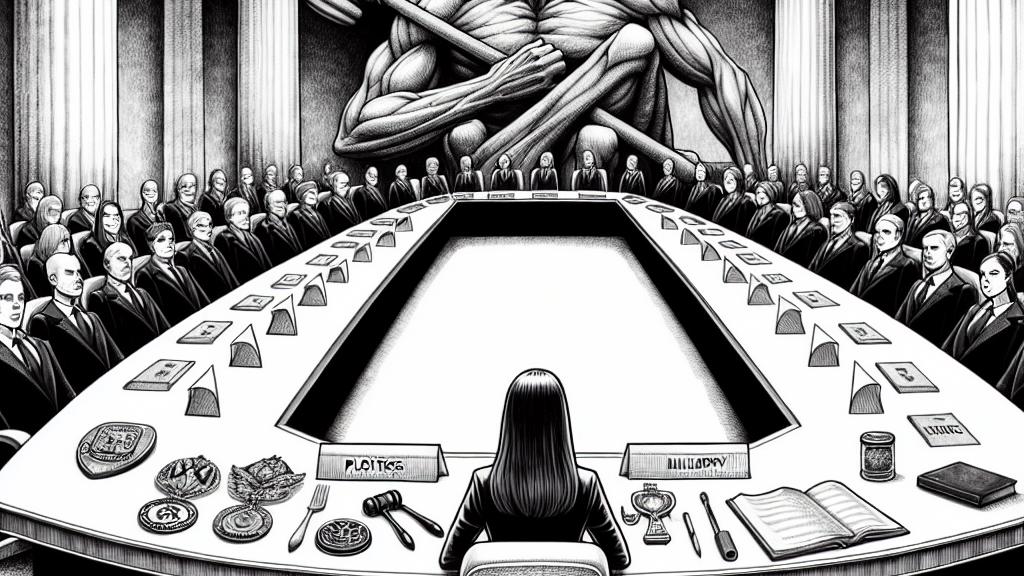Understanding Gender Gaps in Leadership Roles
Overview
- Framing the gender gap differently can drive impactful change.
- Women’s representation in leadership is crucial for progress.
- Public action can reshape the future of leadership.

The Gender Gap Debate
In the United States, the discussion around the gender gap in leadership has reached a tipping point, particularly after the staggering loss of Vice President Kamala Harris in the 2024 election. This event starkly highlights the systemic issue of women's underrepresentation, not just in politics but also in corporate boardrooms and military ranks. Despite the widespread acknowledgment of this gap, it is disheartening to witness many institutions still dominated by men. Why does this matter? Because increased representation of women could lead to better decision-making processes and outcomes that reflect the diverse needs of society.
Reframing Gender Gaps
A revolutionary study from New York University presents a refreshing approach: Instead of viewing the gender gap as 'women's underrepresentation,' we should consider it 'men's overrepresentation.' This shift in framing has proven crucial, as it triggers stronger emotional reactions, particularly among women. For example, when participants are informed that a staggering 71% of Congressional seats are occupied by men, many feel a compelling sense of anger and injustice. This emotional response is vital because it motivates individuals—especially women—to advocate for substantial changes, whether that's supporting the Women's Global Empowerment Act or participating in rallies for gender equality.
The Power of Perception
The way we frame gender disparities can ignite a powerful dialogue. Take, for instance, the fact that only 29% of Congress comprises women. Such statistics not only highlight the imbalance but also galvanize women to express their dissatisfaction and push for change. This movement often extends beyond mere frustration, as many individuals become actively involved in supporting legislation that promotes equitable representation. This collective action underscores the power of a unified front, where awareness transforms into tangible support for initiatives that seek to usher in a more inclusive society.
Limitations and Future Directions
However, the effects of reframing are not universal; they reveal complexities that necessitate attention. Interestingly, in the corporate sphere, men exhibited little increase in their emotional response to disparities when the focus remained on their overrepresentation. This observation raises a pertinent question: How can we engage men in this essential conversation about gender equity? Educating men about the advantages of inclusive leadership—not just for women but for the workplace climate as a whole—could pave the way for meaningful involvement. It strengthens the argument that gender diversity enhances innovation and performance.
Moving Towards Equality
In conclusion, the framing of gender gaps in leadership is not just a matter of semantics; it's a catalyst for change. By highlighting men's overrepresentation, we foster robust discussions and inspire proactive strategies to correct imbalances. Imagine a leadership landscape where diversity is the norm—this is not just a lofty ideal; it's essential for a thriving society. Experts consistently stress that when women are empowered and their contributions valued, everyone—including men—benefits from the richer perspectives that diverse leadership brings. Thus, let’s work together to cultivate an environment where every voice is heard, paving the way for an inclusive and equitable future.

Loading...